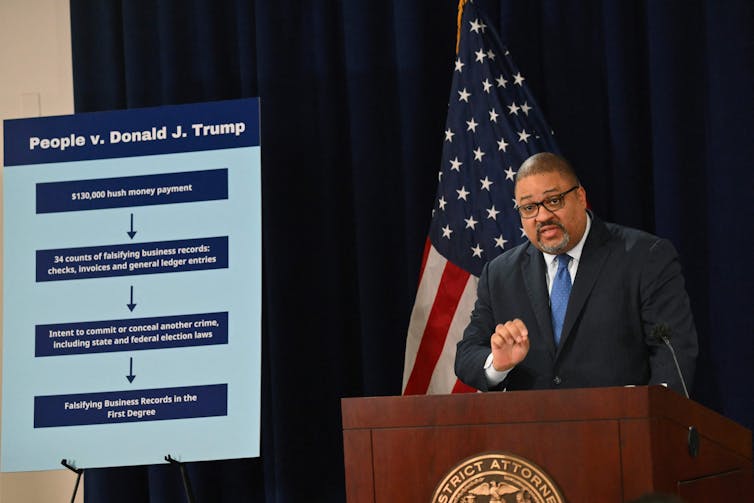
Elevate mealtimes with Caesar salad-inspired dishes
From putting a family meal on the table after activities to hosting a large crowd at your next get-together, a seasonal favorite like Caesar salad can serve as the perfect canvas for creating quick, easy-to-prepare meals.
With more than 100 varieties of fresh, healthy and convenient ready-to-eat salads – including 11 Caesar salad varieties like the Caesar Chopped Salad Kit – Fresh Express provides tasty, versatile salad kits that can be modified to fit nearly any kind of meal you might be craving.
Available in the refrigerated produce department, these premium mixes can be eaten as a standalone salad when time is of the essence or taken beyond the bowl and fused with another beloved classic, like tacos, for a burst of flavor and texture in every bite. These Fried Chicken Caesar Tacos, ready in just 30 minutes, feature savory Caesar salad – crisp, chopped romaine; herb-seasoned crouton crumbles; cracked pepper; grated Parmesan cheese; and a delicious Parmesan Caesar dressing – enveloped in a crispy, golden chicken shell.
Even when time is limited, flavor doesn’t need to be compromised. Inspired by high-end dining experiences, the Fresh Express Twisted Creamy Truffle Caesar Chopped Salad Kit provides a gourmet twist to turn these Creamy Truffle Caesar Pork Sandwiches into a culinary delight. Ready is just 20 minutes and featuring tender pork strips; a Caesar salad mix of garden-fresh crispy romaine lettuce, delicate sprinkles of truffle Parmesan cheese, crunchy garlic brioche croutons and creamy dressing; and sauteed onions on a toasted bun, every bite is a sensation to be savored.
To find more inspiration for elevating your salads or locate a store near you, visit freshexpress.com.
Creamy Truffle Caesar Pork Sandwiches
Prep time: 5 minutes
Cook time: 15 minutes
Servings: 4
- 2 pounds boneless skinless pork chops
- 4 tablespoons Italian seasoning
- 2 tablespoons canola oil
- 1 red onion
- 1 bag (9.3 ounces) Fresh Express Twisted Caesar Creamy Truffle Caesar Chopped Salad Kit
- 4 long sandwich rolls
- Preheat pan on stove over medium-high heat. Season pork chops with Italian seasoning.
- When pan is hot, add oil and pork chops. Cook pork chops, turning halfway through, until they reach minimum internal temperature of 145 F, 6-8 minutes per side (depending on thickness).
- Once pork chops are cooked through, remove from pan and let rest a few minutes.
- Peel and slice onion. After resting, slice pork into strips; set aside.
- In same pan, saute onion until translucent, about 5 minutes. Set aside.
- In large bowl, combine lettuce, dressing, croutons and cheese from salad kit.
- In separate pan, toast buns until golden brown; set aside.
- To build sandwiches, place sliced pork on bottom halves of toasted buns. Top with prepared salad mixture and sauteed onions. Finish with top halves of buns.

Chicken Caesar Tacos
Prep time: 10 minutes
Cook time: 20 minutes
Servings: 4
- 3 eggs
- 3 cups all-purpose flour
- 1 packet taco seasoning
- 2 chicken breasts, sliced in half horizontally
- 3 cups neutral oil
- 1 bag (9.4 ounces) Fresh Express Caesar Chopped Salad Kit
- In shallow bowl, beat eggs. In separate bowl, combine flour and half packet of taco seasoning.
- Place chicken in resealable bag and, using meat tenderizer, pound to 1/4-inch thickness.
- In medium saute pan, heat oil over medium heat.
- Season chicken breasts with remaining taco seasoning.
- Coat chicken in flour mixture, dip into beaten eggs then coat chicken in flour mixture again, pressing firmly to adhere.
- In pan with hot oil, cook battered chicken until golden brown, flipping halfway through, until chicken reaches minimum internal temperature of 165 F, 4-5 minutes per side (depending on thickness). Fry in batches to avoid overcrowding pan, if necessary.
- Once fully cooked, fold chicken over to create taco shell-shape. Place sheet pan on top to hold shape, 3-4 minutes.
- In large bowl, combine lettuce, dressing, croutons and cheese from salad kit.
- Once chicken taco shells set, carefully remove sheet pan. Fill each taco shell with prepared salad mixture.
Fresh Expres

















 To ensure the best cooling performance and efficiency possible,
To ensure the best cooling performance and efficiency possible, 

